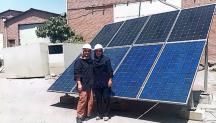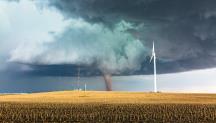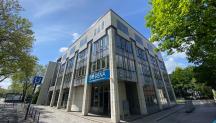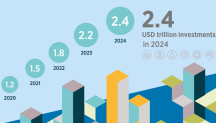
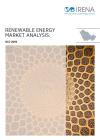
-
-
IRENA (2019), ‘Renewable Energy Market Analysis: GCC 2019’. IRENA, Abu Dhabi.
Copied
/-/media/Files/IRENA/Agency/Publication/2019/Jan/IRENA_Market_Analysis_GCC_2019.pdf
Copied
Renewable Energy Market Analysis: GCC 2019
Newsletter
Renewable energy has advanced rapidly in the Gulf Cooperation Council (GCC) countries since 2014. The project pipeline reached almost 7 gigawatts (GW) of new power generation capacity by 2018, after record breaking bids in renewable energy auctions in the United Arab Emirates (UAE) and Saudi Arabia made solar power cost-competitive with conventional energy technologies.
This report from the International Renewable Energy Agency (IRENA) explores the prospects for renewables to diversify both national economies and the combined GCC energy mix, while also helping the region meet climate commitments and contribute to the 2030 Agenda for Sustainable Development.
Abundant resources, together with strong enabling frameworks have led to solar PV prices of below 3 cents (USD 0.03) per kilowatt hour and dispatchable concentrated solar power (CSP) of 7.3 cents per kilowatt hour, which is less than some utilities in the region pay for natural gas.
Wealth and socio-economic development across the GCC remain closely tied to the region’s substantial oil and gas reserves. Yet rising populations and economic diversification have led to greater energy demand. Renewables, although a relatively recent entrant to the GCC energy landscape, hold vast potential to cut fuel costs, reduce carbon emissions, conserve scarce water and create jobs.
The report serves as an update to IRENA’s 2016 study, Renewable Energy Market Analysis: The GCC Region.
